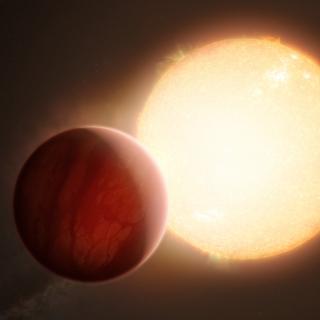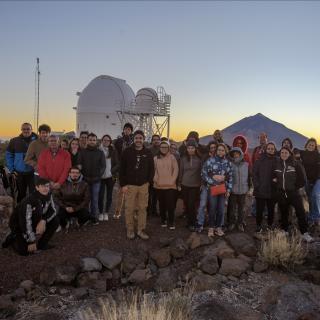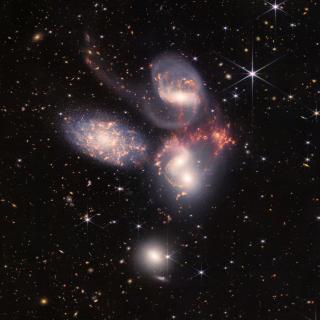
This week the Ambassadors, permanent representatives at the International Organizations with headquarters in Vienna, of Spain, Esther Monterrubio, and of Paraguay, Juan Francisco Facetti, were shown the installations of the IAC. During their stay they visited some of the scientific infrastructures of the Canary Islands Observatories (OCAN) and showed interest in the projects being developed there. Among the various duties of these two permanent Ambassadors is that of representing their countries in the United Nations Commission on the Peaceful Uses of Outer Space (COPUOS) and its two
Advertised on




